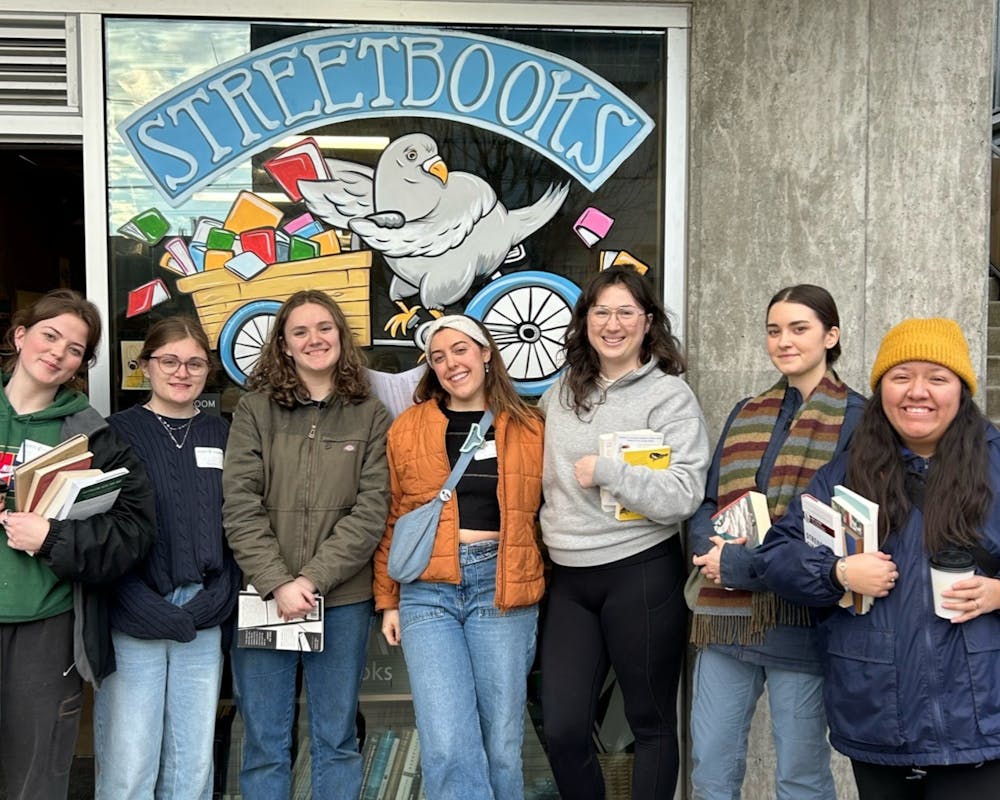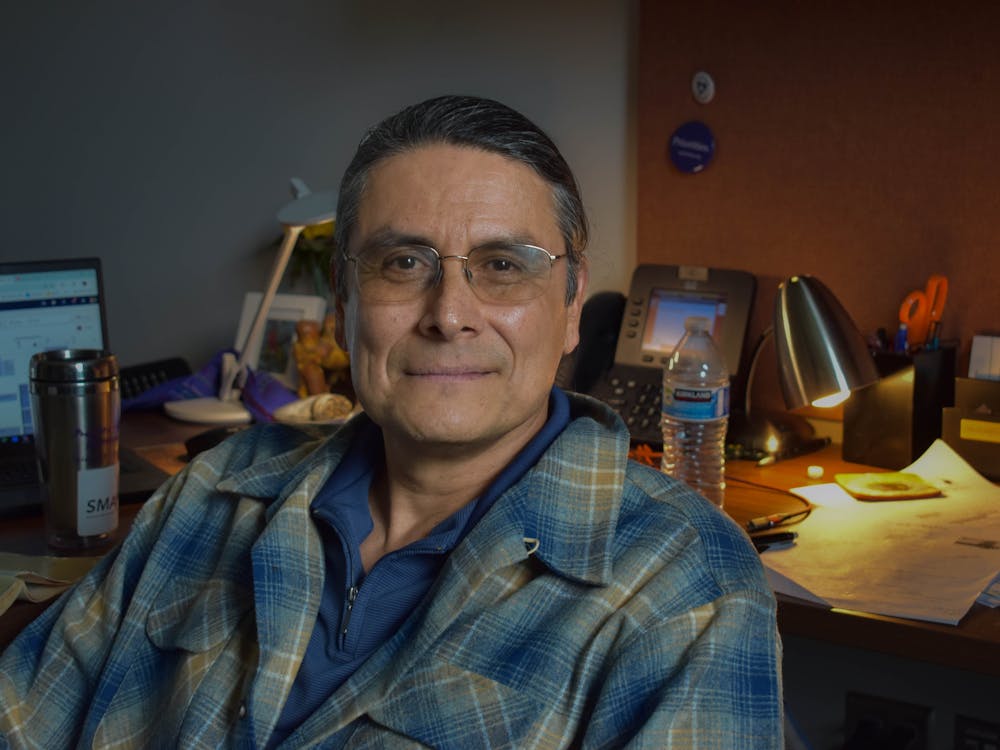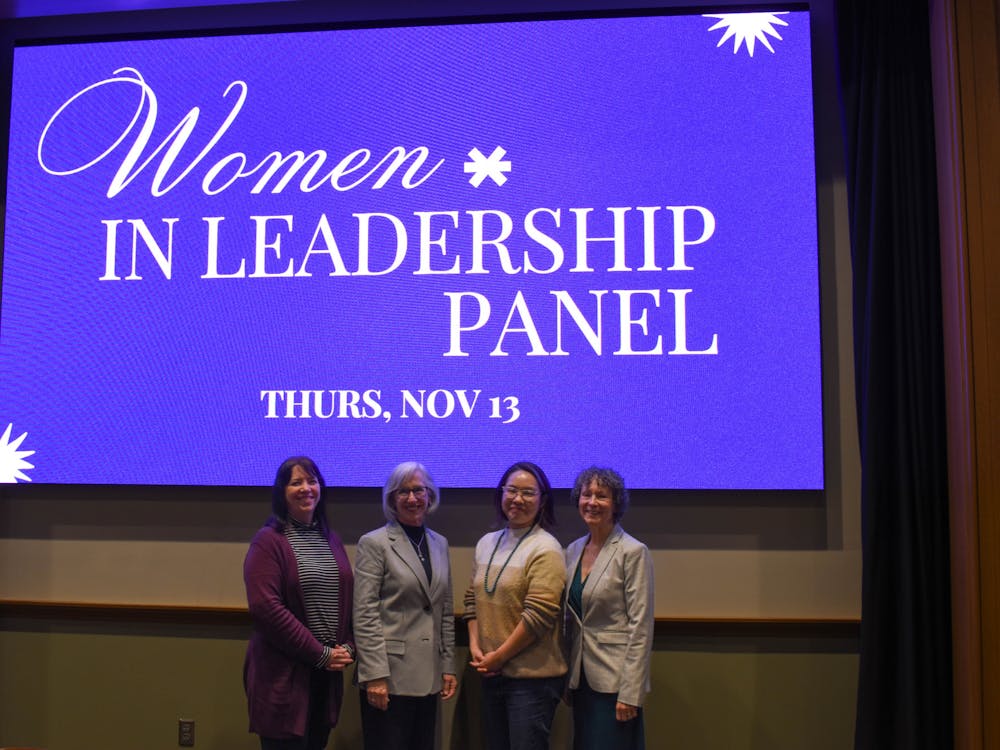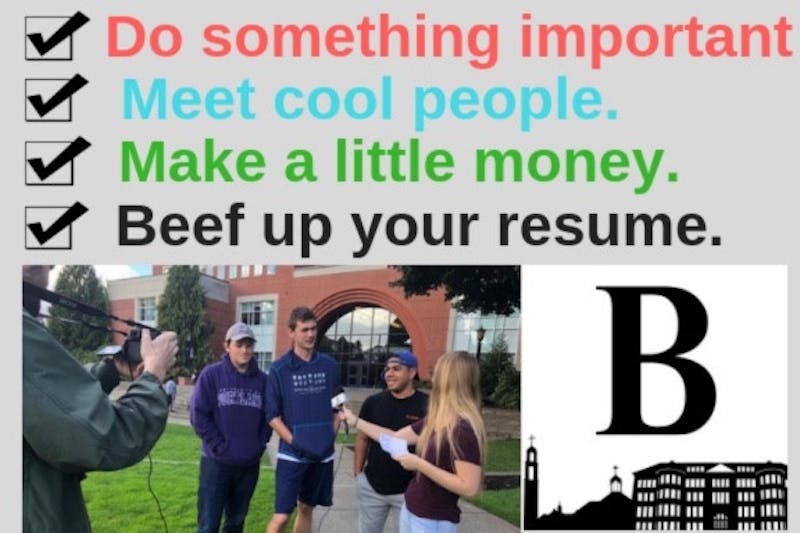Hosted by the Moreau Center for Service and Justice, Social Justice Immersions are trips where students can learn about the social justice challenges affecting the visited communities. These immersions can range from three days to two weeks and take place during each of the major school breaks.
Applications for most immersions close Oct. 10. The process consists of filling out this application form, followed by individual or group interviews with the student coordinators of the desired immersion. The Rural Immersion, taking place during fall break, has closed their applications.
During immersions, participants can expect to visit non-profits, grassroots organizations, healthcare advocates and educational institutions. The visits vary in their content and range from tours of facilities, Q&A’s with employees and meals with community members.
At their core, immersions are hands-on learning opportunities. Unlike service trips, their purpose is to provide participants with information about the communities, directly from the people who are being affected, according to Program Manager for Immersions Erin Savoia.
“We definitely aren't looking to go into communities and have any sense that we're going to be able to fix anything or make a big, tangible impact in one week, because that's just not the reality,” Savoia said. “We really emphasize learning as the goal of the trip. And by doing that we are able to pose the members of the community and the organizations we visit as the experts.”
On average, each immersion has six to ten participants in addition to two student coordinators. Each trip also has room for up to two staff or faculty members to participate.
Student coordinator for the Indigenous Justice Immersion Maria Jesus Alzugaray Orellana appreciates the hands-on learning that occurs during immersions.
“[Immersions] allow you to learn from other people’s reality, from people’s real-world experiences,” Alzugaray Orellana said. "That's something that you don't get to learn in a classroom usually."
New sliding scale for fees
Previously, each immersion had program fees associated with the trip. Students unable to pay for the full trip were able to fill out a form and request an exemption.
Although the requests were granted, Savoia felt having to fill out a form still deterred students from applying.
In light of this, the center has instated a sliding-scale model for student contributions. During the application process, students select the amount they are able to contribute. The process is no-questions-asked and intends for students to participate in immersions without a financial burden, according to Savoia.
“I truly want them to be open to each and every student on campus,” Savoia said. “I would never want a student to look at the price and then not be able to imagine themselves going due to that.”
2025-26 Immersions
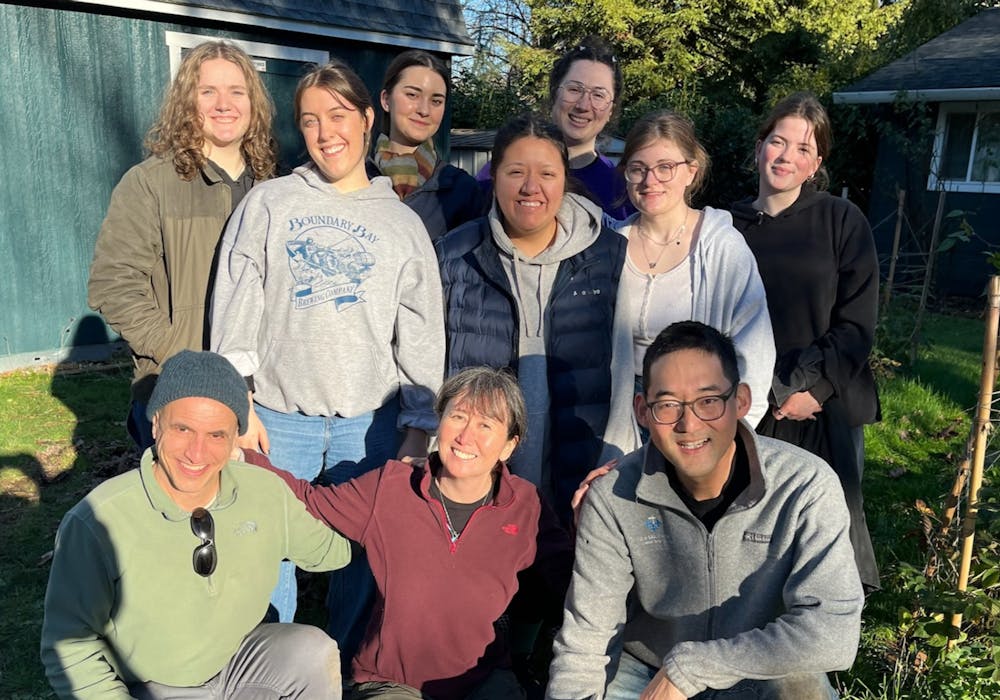
Students pose after helping Catholic workers with gardening tasks and sharing a meal during the Urban Immersion in Milwaukie, OR, January 2025. Photo courtesy of Erin Savoia.
During the Rural Immersion, Oct. 12-17, participants learn about immigration policies, issues faced by migrant farmworkers and about the Confederated Tribes and Bands of the Yakama Nation. The immersion takes place at Yakama Valley, Washington.
The Housing Justice Immersion, Jan. 8-10, focuses on local issues facing Portland. Participants stay at St. Andre Bessette Church downtown and learn about public policies surrounding homelessness.
On the Indigenous Justice Immersion, March 1-6, students learn about the history of the indigenous tribes who have lived in the PNW for over 11,000 years, with an emphasis on land and water sovereignty and healthcare access. Participants stay at the Warm Springs Indian Reservation.
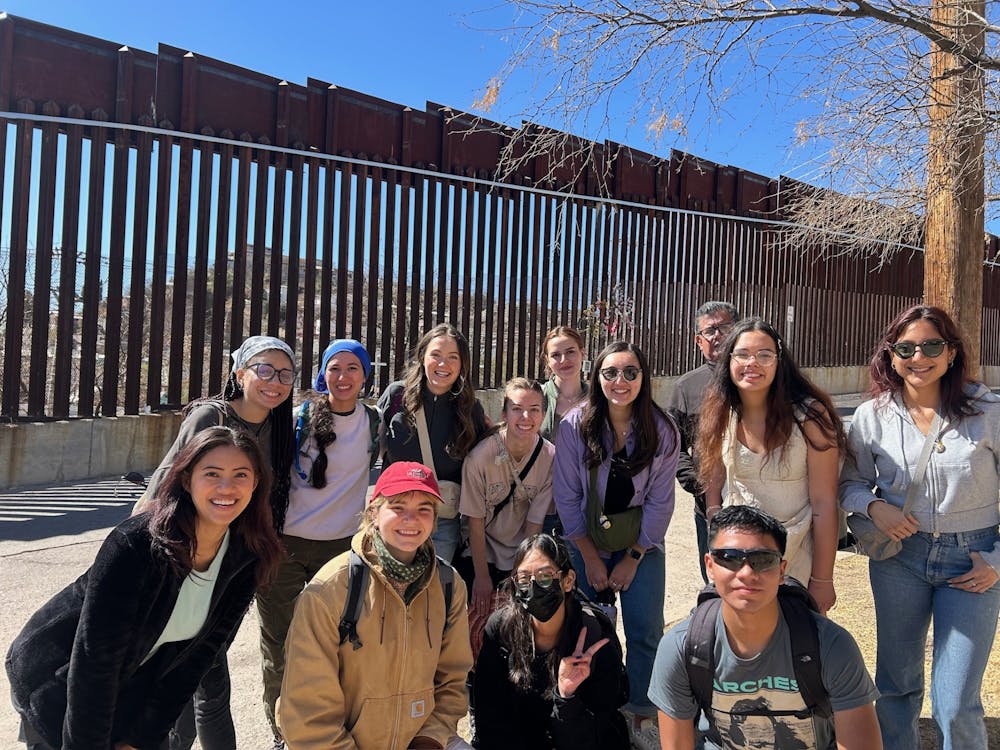
A group photo taken at the border wall during the 2025 Border Immersion in Nogales, AZ. Photo courtesy of Erin Savoia.
On the Border Immersion, May 5-11, participants travel to Tucson, Arizona and surrounding areas. The immersion focuses
on immigration, the global economy and environmental and human rights issues.
Eric Hernandez Mendez, a junior operations and technology management major and co-coordinator for the Border Immersion, attended the immersion for the first time last year. Although he had previous knowledge of the issues covered, he still found the experience to be valuable.
“It's a real eye opener,” Hernandez Mendez said. “I feel like a lot of people don't understand what the immigration process is like, so I feel like learning about that portion is very beneficial. And hearing about the experience of living or being at the border. Because you hear on the news about those places like ‘Oh, you don't want to live in the border town. There's crime and drugs,’ but it’s really not like that.”
During the Civil Rights Immersion, May 5-15, students travel to the Southern United States where they walk the path of the Civil Rights Movement and learn about contemporary issues of racism and classism affecting the region.
‘Planting seeds of hope’
In addition to learning about the issues at hand, immersions have a strong reflection aspect to them. Reflections vary from individual activities like journaling, and group activities like discussions, according to Savoia.
“We don't want to just go and experience a visit with a partner and then not think about it again,” Savoia said. “We really like to process it as a group and individually to really make meaning of the experience and talk about how we're going to bring it forward past the week that we're there.”
Although immersions are carefully planned, there is still room for spontaneity in their schedules. That freedom often leads to moments of authentic connection, according to Savoia.
“One of the beautiful things about immersions is that every so often these sort of spontaneous, very human moments happen where we connect with someone we didn't even realize we were going to, and they see a group of students taking time out of their break to come and learn and really authentically engage, and they just respond to that and start sharing,” Savoia said.
Usually, the organizations visited are actively working towards solutions for the challenges they face. Savoia says learning about these organizations and the work they are doing leaves students feeling empowered.
“Finding community-based solutions is just really hopeful and such an antidote to feeling hopeless, especially since today's news cycle is brutal,” Savoia said. “I just love the seeds of hope and seeds of change that we can plant on immersions.
Samantha Zavala is the Diversity, Equity and Inclusion Editor of The Beacon. She can be reached at zavala27@up.edu



